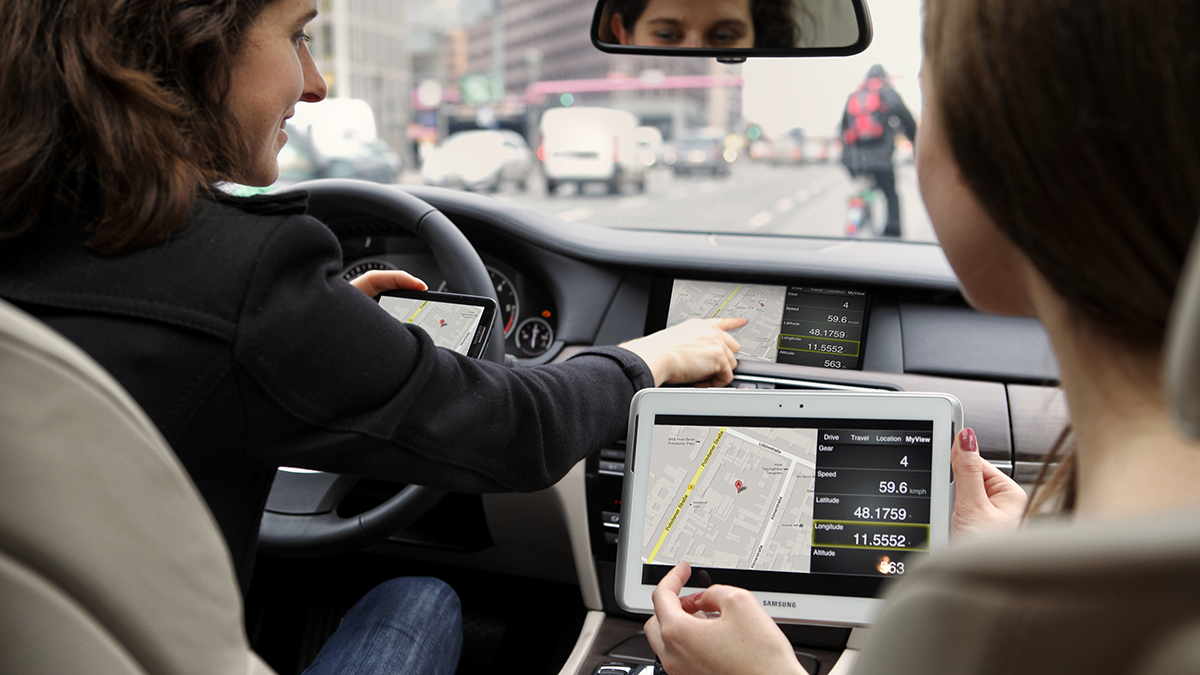We have created a number of applications that showcase the vast possibilities of this personal concept where user devices are securely connected. To distinguish between these applications we have created topical hubs that focus on various aspects of use cases – imagine running one or more of these hubs at home depending on what the interests are
IoT Hub: We present the use of the IoT dashboard to communicate with sensors from various manufacturers, easily gather and display historical sensor data, and use a rule definition system to trigger activators based on sensor data.
Home media hub: Videos and other home media can be controlled and directed between home media devices using standard, non-proprietary APIs like the webinosTV, the Media Content and the payment application.
Car hub: A webinos enabled dashboard presenting car information from a simulated drive.
Health hub: Monitoring personal health data is increasingly important both to health conscious individuals and to alleviate pressure on national health services. webinos can provide the tools to collect data from various wearable sensors in a unified, secure and device-independent way.
Fraunhofer FOKUS as the project coordinator of webinos specified and implemented key aspects of architecture and platform. We have contributed a great many of APIs and verified our approach by successfully writing applications for the platform. We took part in creating the Android port, which fit our expertise on all things Android, e.g. with the Media Web Runtime. On the application front we developed webinosTV – using technologies like WebRTC and DASH, webinosTV combines all things multimedia into a single fascination package for the user, see Figure 1. The exciting WebRTC technology links Web clients enabling audio, video and data communication but requires in most cases an infrastructure for the peer discovery and signaling. The decentralized webinos platform complements here offering its scalable design.
Building on our experience we continue to advance the platform to changes on the technology market as well as use the technology for our other projects with similar goals where applicable – for example in our multiscreen framework FAMIUM.
FAMIUM provides a number of the same APIs, a similar runtime environment and leverages on webinos technology to make it easy to write multiscreen applications.
Let’s cooperate!
If you are interested in using and extending webinos – we provide help porting webinos to your devices, customizing the platform to your needs, and develop applications on top of it. We can provide technology or application prototypes, near-product showcases and even technological studies.
